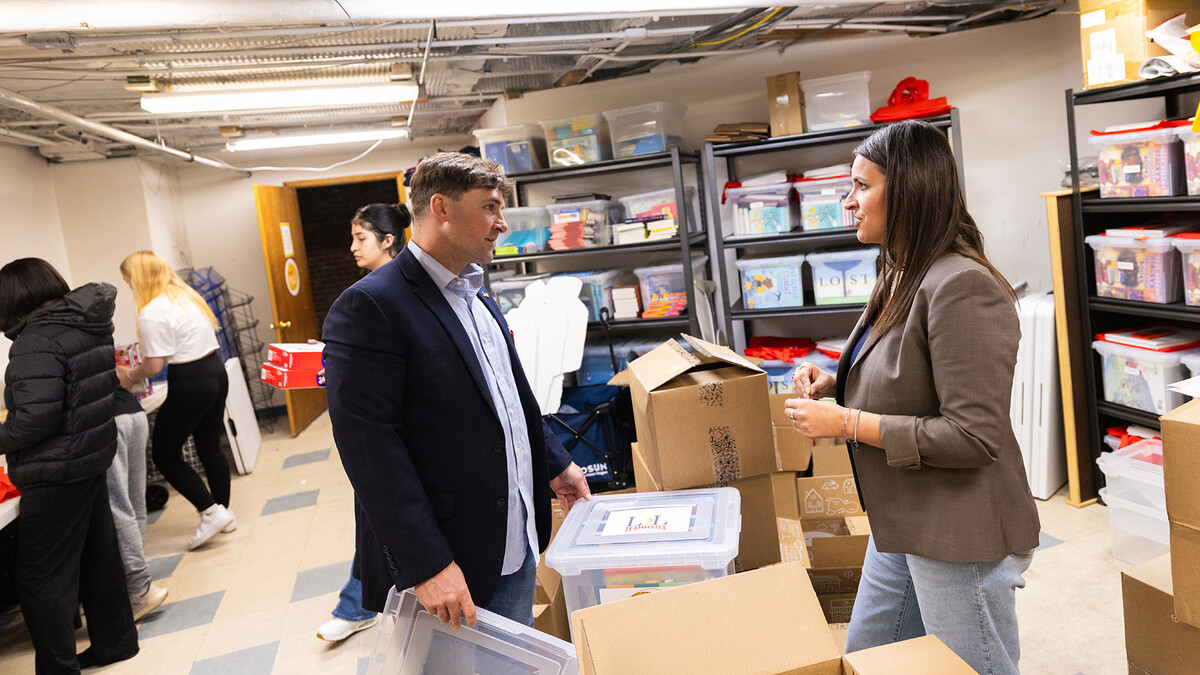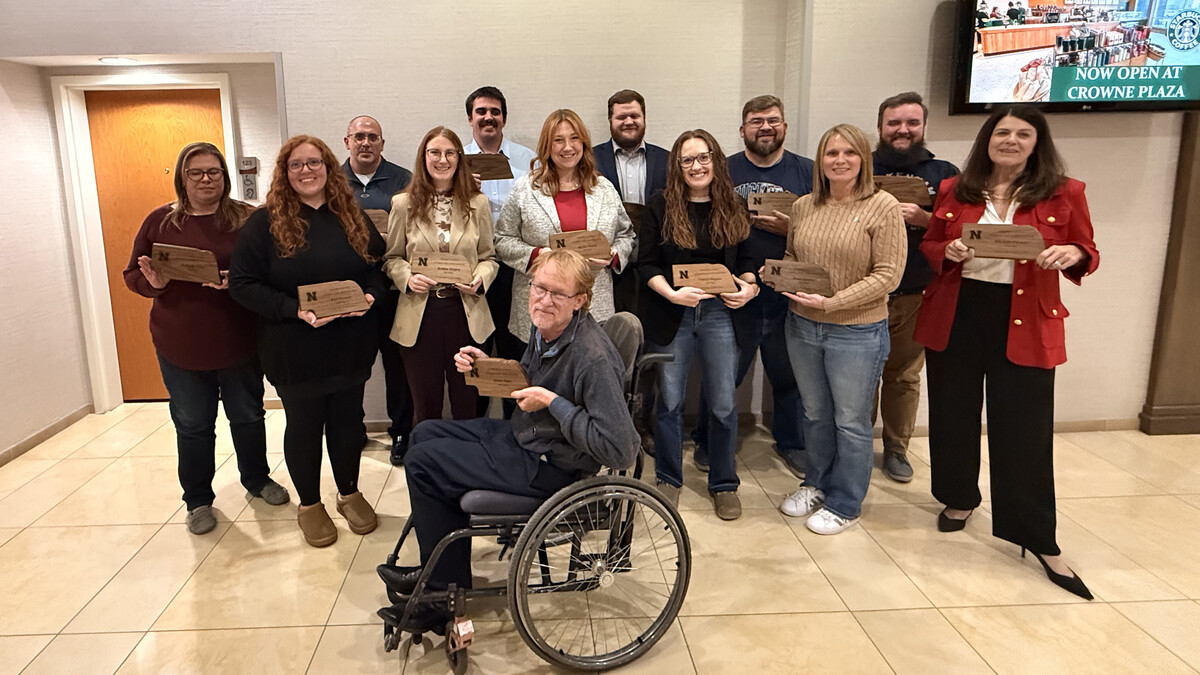
The situation unfolding on the border in the southwestern United States has reached crisis levels – and while politicians posture and news outlets reduce the issue to sound bites, a pair of University of Nebraska scholars say the situation is far more complex and could take years to resolve.
No single tactic can solve the problem, in which unaccompanied children from Central America have been showing up on the nation’s southern border by the thousands, said Anna Shavers, Cline Williams Professor at the University of Nebraska College of Law.
“One suggestion is to just declare all of the people coming from Central America refugees, but they don’t necessarily meet the definition of a refugee,” she said. “You’ve also seen all the news reports of people saying, ‘Just put them on a plane and send them back.’ But it is clear that our laws do not allow that.”
According to U.S. Customs and Border Protection, 52,193 unaccompanied children were apprehended between last Oct. 1 and June 15. That number has now jumped to more than 57,000.
Shavers and fellow NU law professor Kevin Ruser said the sudden influx largely can be linked to the 2008 passage of an amendment to the Trafficking Victims Act that provided for special protections for unaccompanied minors from countries other than Mexico and Canada.
Under the amendment, U.S. Customs and Border Protection is required to transfer custody of unaccompanied minors detained at the border to the Department of Health and Human Services. Unaccompanied children also cannot be placed into expedited removal proceedings; each unaccompanied child must be granted a hearing before an immigration judge.
The reasons these minors are risking their lives to come to the United States complicates the matter. Most are citizens of Honduras, El Salvador and Guatemala, where in recent years there has been an upswing in gang violence. The United Nations Office on Drugs and Crime estimates the homicide rate in Honduras is 90.4 murders per 100,000. El Salvador and Guatemala are 41.2 and 39.9, respectively.
To draw a comparison, the war-torn Democratic Republic of the Congo has a homicide rate of 28.3 per 100,000 people, and nearly half a million refugees have fled that country. This illustrates one reason why parents are sending their children on such a difficult journey.
Ruser said inaction is not an option. The 2008 law gives every unaccompanied minor detained at the border a chance to plead his or her case. Because of the influx of unaccompanied children, it could take years if the immigration courts stay static, he said.
“In my experience, non-detained immigration cases are three to four years out from being completed,” he said. “With these numbers, I would say it could be upwards of seven years.”
No one chooses to come to the United States lightly, said Ruser, the M.S. Hevelone Professor in the College of Law, said.
“It is a very hazardous trip and nobody puts their children in that situation unless they feel there are no other options,” he said. “They’re fleeing some horrible situations.”
While their home countries should be held accountable and bear responsibility for keeping their own citizens safe, Shavers said, international treaty agreements require the United States to grant asylum in certain situations.
Precedents and policies about what constitutes “refugee” status are murky. Shavers said there have been asylum claims filed in the recent past based on escaping gang violence.
“The courts have decided those cases in various ways, so there’s no clear law, I would say, on whether or not gang-based violence does constitute persecution, which is a specific condition needed for being granted refugee status,” she said.
The U.S. government does not have an easy task ahead, the UNL law scholars said.
Shavers said that while the situation of large populations crossing the boarder at one time is happening around the world, it is unusual for the United States. But it is not the first occurrence in American history. She described missteps made in the past – including the refusal, for example, to allow Jewish refugees into the country at the start of World War II, which blemished the United States’ image as a safe harbor.
“Right now, you have to comply with the law,” Shavers said. “If you want to change the law (to not grant hearings), you can, but how does that make the United States look to the rest of the world?”









